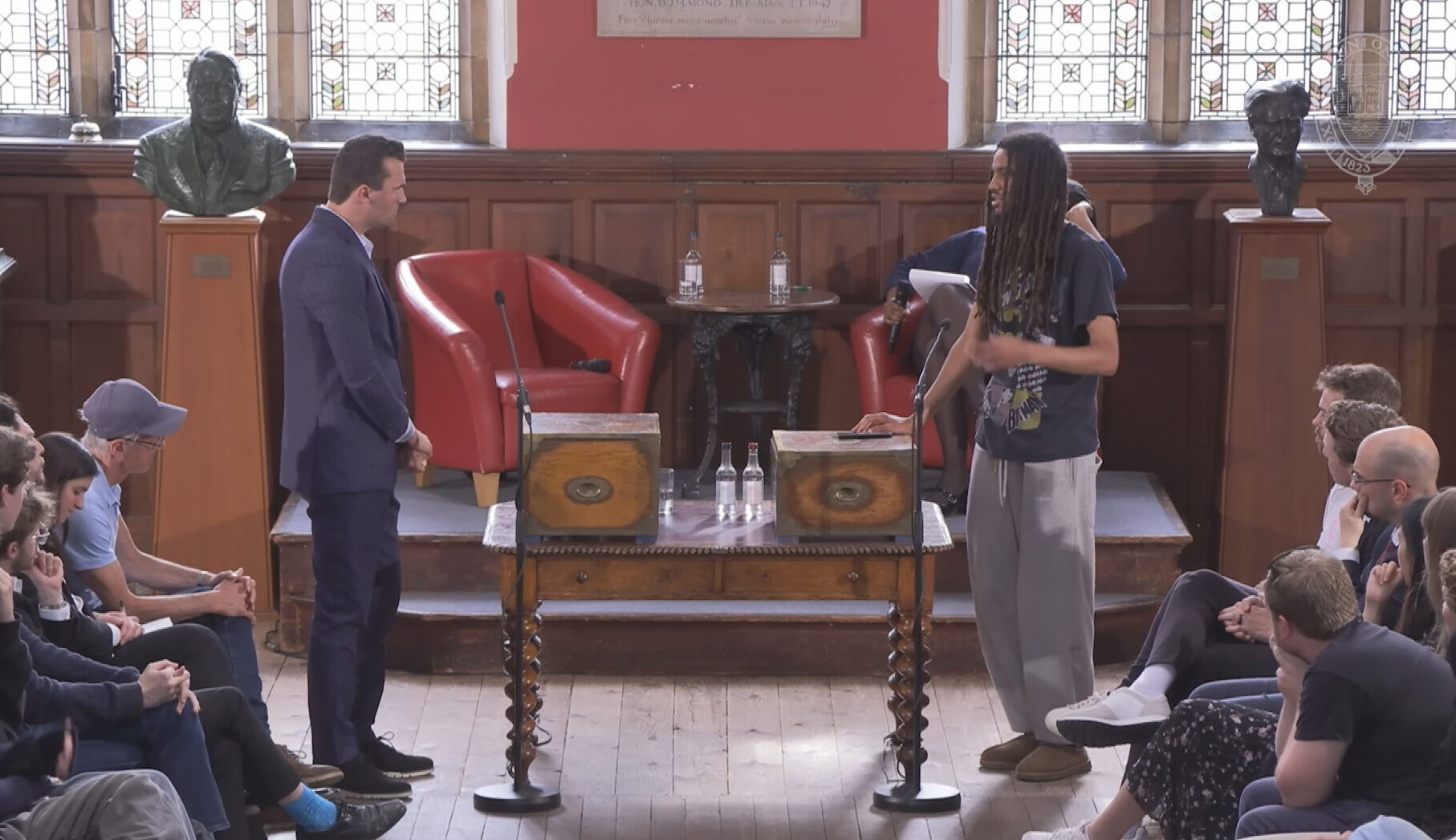The US government has unveiled a proposed rule that would change how long international students can stay in the country, ending the current system where they remain for as long as their studies last.
Announced on August 27 by the Department of Homeland Security (DHS), the new rule would scrap the long-standing “duration of status” policy. Instead, it would impose a fixed time limit on student visas and tighten controls on students switching programs or schools.
If finalized, international students, professors, and other visa holders would face strict limits on their US stay. DHS says this aims to stop “visa abuse” and improve oversight of foreign students. The plan was initially introduced during the Trump administration but was pulled back under President Biden. Recently, however, a revised version has edged closer to approval.
The official proposal, published yesterday in the Federal Register, immediately faced pushback from education groups. Critics warn it would create huge administrative headaches for students and represents “dangerous government overreach.” The public now has 30 days to submit feedback.
“These changes risk trapping students in endless bureaucratic delays or worse, leaving them unlawfully present through no fault of their own,” said Fanta Aw, CEO of NAFSA, an association supporting international education.
Here’s how the rule would work: student visas would be capped at a maximum of four years. To stay beyond that, students would need to apply for an extension from DHS.
The government justifies this by saying 79% of international students are enrolled in undergraduate or master’s programs that typically last two to four years. So, they argue, a four-year visa limit shouldn’t seriously affect most students.
But education experts point out that many students take longer than four years to finish their degrees including at the undergraduate level meaning most would need to file for extensions anyway. The rule does not address longer graduate programs or those who participate in Optional Practical Training (OPT), a work program following studies, who would also require extensions and separate work permits.
More restrictions come into play: master’s students would no longer be allowed to change their program of study, and first-year students couldn’t transfer to another college after their visa is issued.
The government would gain new powers to judge academic progress, with “repeated inability or unwillingness” to finish a degree labeled as grounds to deny extensions. English-language students would face even shorter visa limits less than 24 months and the post-study grace period for F-1 students would drop from 60 days to just 30.
NAFSA’s Aw calls this “a dangerous overreach into academic freedom,” noting that international students and exchange visitors are already heavily monitored visa holders in the US.
From DHS’s perspective, the long stays have been a problem. The department flagged 2,100 F-1 visa holders who arrived between 2000 and 2010 and remain in status, labeling them “forever” students supposedly exploiting US generosity.
To put this in context, there were about 1.6 million F-1 visa holders living in the US in 2023 alone.
Besides adding burdens on students, the proposal could overwhelm federal agencies and worsen immigration backlogs, warned Miriam Feldblum, CEO of the Presidents’ Alliance on Higher Education and Immigration.
“International students deserve clear timelines that reflect their academic programs,” Feldblum said, warning that the rule will scare off prospective students and hurt US competitiveness.
She added that the US is already seeing declines in international student enrollment a trend aggravated by restrictive policies and visa processing delays. These losses threaten both colleges and the broader economy.
A visa interview suspension earlier this summer caused chaos around the world, and recent federal data revealed a sharp 30% drop in student arrivals in July. Universities are bracing for big drops in international enrollment this school year. Experts warn these trends could cost the US economy approximately $7 billion.
NAFSA’s Aw says this proposal will almost certainly drive away more students, yet there’s no proof it will fix real issues in the immigration system.
Calling on the government to rethink, she referenced former President Trump’s recent call to increase the number of Chinese students in the US, urging authorities to work with the education sector to keep America “the premier destination for global talent” while maintaining security and prosperity.
The debate over this rule highlights the tension between national security concerns and the US’s role as a global education hub with millions of students and billions of dollars hanging in the balance.






